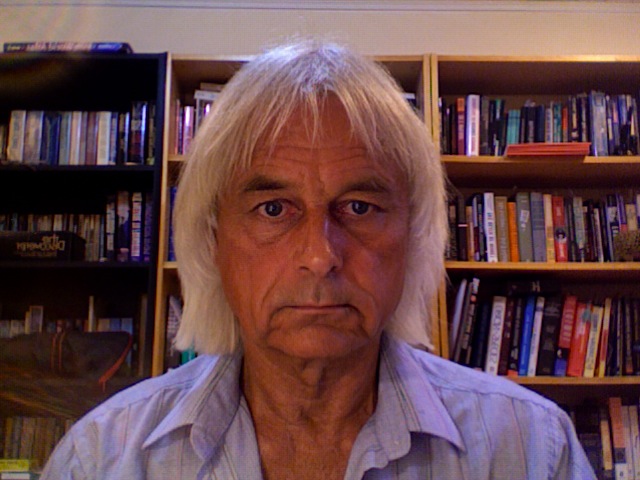As we saw in the previous article about Gaddafi's Libya, money issuance can be used as a tool to produce economic democracy. Closer to home, the publicly-owned Bank of North Dakota has been prudently managing State credit-money for nearly a century, to the benefit of the citizens and businesses and independent bankers of the State.
Like money itself, the institution of banking is necessary to the functioning of any complex economy. Most bankers are the conservative sort who prudently underwrite their lending, which effectively is prudent financial management of borrower's economic activities. Bankers are the technocrats who manage the money allocations in a money economy. Banking is a knowledge-based discipline that requires local knowledge, analytical skills, and coolly rational judgment. We need prudent bankers.
Most schools of monetary system reform advocate entirely stripping banks of their money-issuing privilege, and having some government treasury agency issue ALL of the money. This would reduce banks to the financial intermediaries -- between money savers and money borrowers -- that mainstream economics believes they already are. By this extreme measure to prevent the abuses of banksters, we also lose the professional financial management of prudent bankers: their independent ability to expand the local money supply to build up the local economy. There is universal agreement among monetary reformers that governments need to issue at least "some" of their own money. But there is no consensus on the wisdom of throwing out the banker-baby with the bankster-bathwater.
In the present system, banks are the originators of ALL of the money. A bank loan creates new money, and the banker allocates that money to the borrower's stated use of the money. Maybe the borrower wants to build a house, or expand her business. Unlike banksters operating as economic hitmen -- who set up borrowers to financially fail so banksters can seize ownership of the debtor's real collateral assets -- prudent bankers want their loan customers to financially "succeed". They want borrowers to financially benefit from the loan in ways that enable the borrower to repay all of the money. The local banker doesn't want to seize ownership of houses and businesses: he considers that a failure of his role in local society. The banker creates the money that enables people in the economy to add to their economic wealth, by building houses and expanding businesses.
Except the money arithmetic doesn't work. It can't work.
The borrower first spends the new money into the economy, then earns the money back out of the economy to repay the loan. The loan added additional new money into the economy's money supply. Repayment of the loan takes the money back out of the money supply, which reduces the economy's money supply.
The bank created both the money and the debt by making the loan. Repaying the loan eliminates -- "extinguishes", in bankerspeak -- both the money and the debt. The bank begins with $0; then divides $0 into a +$1000 loan and a -$1000 debt: $1000 of new money and $1000 of new debt. When the money is brought back to the bank to repay the debt, the bank adds the +$1000 payment to the -$1000 debt and ends with $0 again. The money and debt were both "created" into existence when the loan was made. The money and the debt are both "uncreated" out of existence when the loan is repaid.
Most bankers think of their lending as a zero-sum exercise that has no permanent effect on the economy's money supply. It is merely the extension and retraction of "credit". But this kind of bank-issued credit is the original source of the ENTIRE numerical quantity of the economy's money supply. Currency -- cash money that is printed by governments, then sold at cost to central banks who sell the cash at face value to commercial banks, who then make cash available to their deposit customers -- does not "add" to the money supply. It merely converts money that was already created by banks (central bank reserves and commercial bank deposits) into walking around money.
Next Page 1 | 2 | 3 | 4 | 5 | 6 | 7 | 8 | 9 | 10 | 11 | 12 | 13
(Note: You can view every article as one long page if you sign up as an Advocate Member, or higher).





